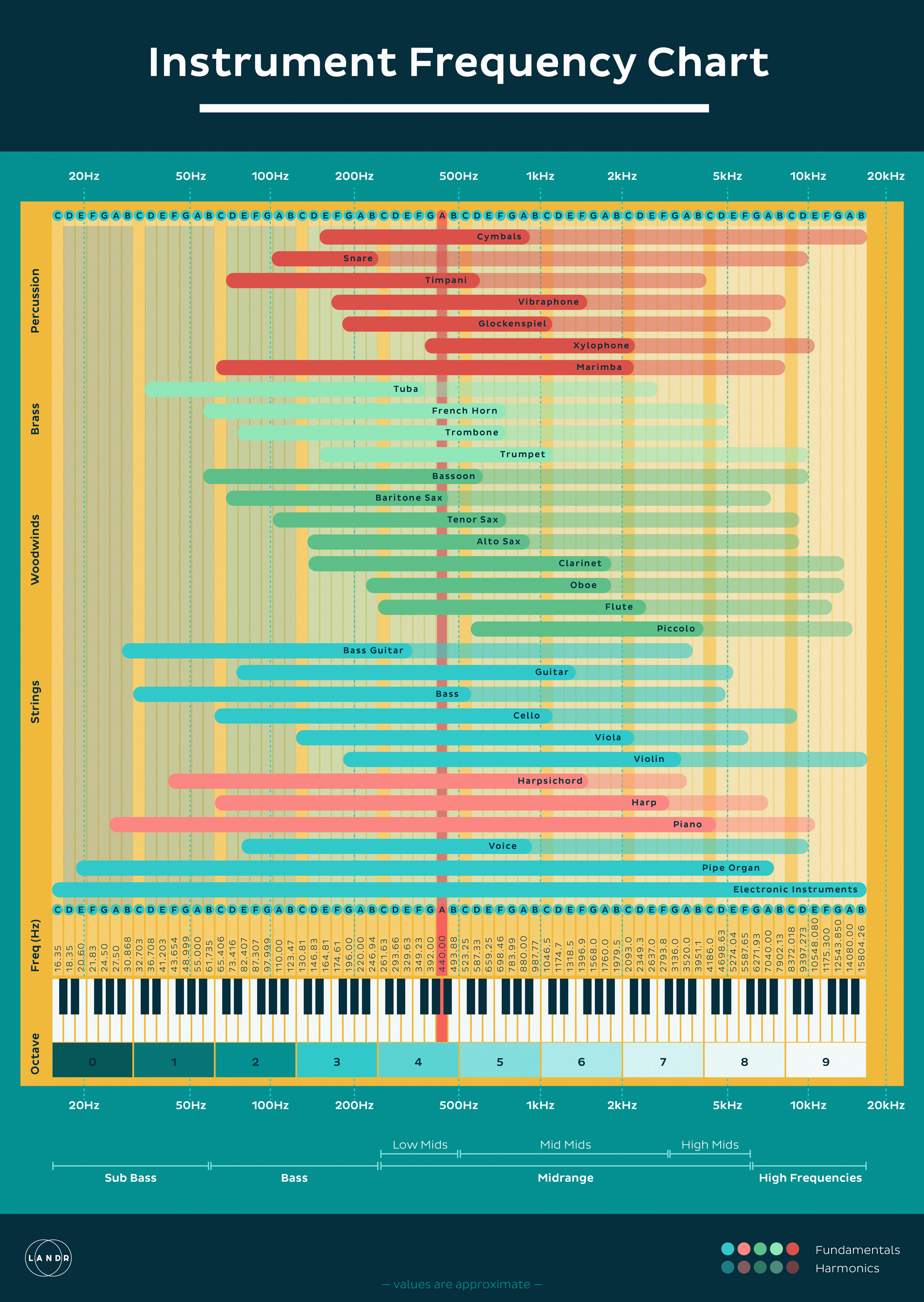Your hearing test was almost surely sine waves in isolation.
The fly in the ointment is that music consists of complex waveforms. We don't know for sure if the first test always generalizes to music.
Here is a more general test.
WARNING - PLAY THE ATTACHED FILE ON HEADPHONES ONLY. HIGH LEVEL PLAYBACK MAY DAMAGE TWEETERS.
The attached zip file contains an audio file with two treble sweep tones from 2000 to 22000 Hz (taken from RMAA's test signal) followed by a short beep. Here is the sonogram:
Listening to it with headphones, we may hear an extra fixed frequency at 1000 Hz. This is intermodulation distortion. It happens in amplifiers, speakers, and also in our own ear.
If this frequency is present during the first part of the playback, then disappears as the mains signal disappears, then the signal doesn't create any intermodulation in our ear.
Another even more conclusive experiment consists in playing back two fixed frequencies separated by 3500 kHz, each in a different speaker in order to avoid intermodulation in the reproduction system, one above our hearing limit, one below, an see if we can hear the same intermodulation when both frequencies are below our hearing limit.
For example, say that my hearing limit is 13 kHz. First test : 8500 Hz in the left speaker / 12000 Hz in the right speaker. Second test :
12000 Hz in the left speaker / 15500 Hz in the right speaker.
But since the playback level must be quite loud in order to trigger intermodulation, this experiment is very dangerous for tweeters.
I have done it. I can hear intermodulation with both frequencies within my hearing ability. The intermodulation disappears completely as soon as ONE of the frequencies is beyond my hearing ability.
This experiment shows that a single frequency outside my hearing ability has no effect on my hearing, even when it is extremely loud.
This, combined with all other experiments comparing hi res audio vs CD audio in double blind tests (dozens of failures, only one success for one listener in one study) lead me to the conclusion that frequencies outside my hearing ability for pure tones don't matter for me.


